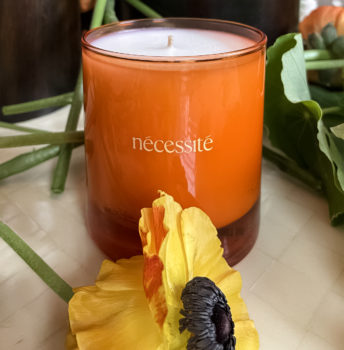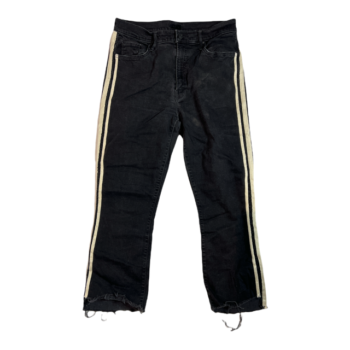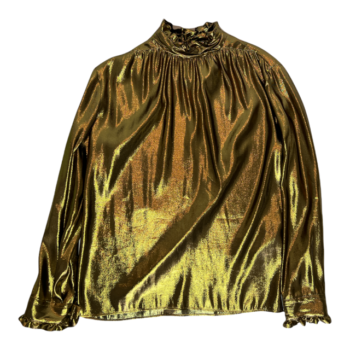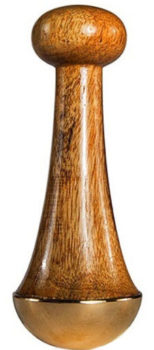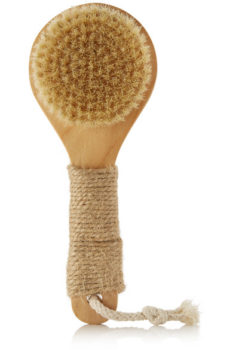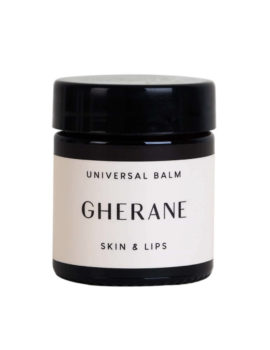Likely, we’ve all felt a pain in our bodies at one point or another and assumed that our muscles or joints were causing us trouble. But, in actuality, our bodies contain many systems and living tissues that could be the root cause of our aches and pains. One factor that can cause this type of discomfort is our fascia, a sheet of fibrous tissue within our bodies.
What is fascia?
Fascia is a thin casing of connective tissue beneath the skin that holds every organ, blood vessel, bone, nerve fiber, and muscle in its place in the body. These tissues attach, strengthen, maintain vessel patency, separate muscles, and stabilize, in addition to enclosing our various organs. They also enable our muscle fibers, muscles, and muscle groups to slide against one another sans friction or tearing by providing a slick surface in between.
While fascia may appear to be a single sheet of tissue, it consists of multiple layers of liquid called hyaluronan. This allows the fascia to stretch as we move our bodies. In addition to giving us internal structure by surrounding and holding our organs, fascia also contains sensitive nerves that can tighten up when stressed. When it tightens around our muscles, our mobility can be affected, and painful knots can develop. Certain factors can cause our fascia to become sticky and thicken, too.
There are several classifications of fascia, including:
- Superficial Fascia: This is the tissue found directly under the skin and traditionally is made up of membranous layers loosely packed with collagen and elastic fibers. It’s often thicker in the trunk than limbs and can include muscle fibers that create various structures within our bodies, including the platysma muscle in our neck.
- Deep Fascia: This is the tissue that surrounds our blood vessels, bones, muscles, and nerves. This classification of fascia tends to contain lymphatic channels and can even have free encapsulated nerve endings. There are also two subtypes of deep fascia: aponeurotic fascia and epimysial fascia.
- Visceral Fascia: This is the tissue surrounding our organs in our abdomen, lungs, and heart.
- Parietal Fascia: This is a generic term that refers to tissues that line the wall of a body cavity, and the most common form is found in our pelvis.
How can we help our fascia?
As we know, when our fascia experiences stress, it begins to tighten up, which can cause pain and discomfort in our bodies. This stress can be caused by an injury, surgery, even inactivity, or poor posture. One way you can narrow down whether you’re experiencing pain due to your muscles, joints, or fascia is by pinpointing how movement makes you feel. For example, injuries to your muscles and joints can cause more pain as you move, whereas injuries to your fascia can feel better as you move.
Rather than simply treating the area topically or dealing with the pain, we can adopt a few simple practices into our routine to help keep our fascia healthy when it’s under stress.
Physical therapy, massage therapy, yoga therapy, and heat therapy are some of the methods that can help keep your fascia in shape and flexible to avoid a painful sensation. Physical therapy will entail the bodywork to help alleviate the pain and soreness; massage therapy can relieve pain and ease any tension by targeting trigger points in your body in addition to increasing blood flow to your muscle fibers to improve elasticity in your tissue; yoga therapy works similarly to physical therapy wherein your yoga therapist will construct a routine full of poses that target the areas you’re experiencing pain; while heat therapy will use applied heat to your sore muscles to relax the tissues, reduce the pain, and improve your range of motion.
Acupuncture can help the tense tissue fibers relax when needles are placed into trigger points on our body, which are tender knots in the muscle caused by the fascia compressing the muscles surrounding. Another source of relief can come from foam rolling the areas you’re feeling tense to alleviate the tension.
From a preventative standpoint, consistent movement through a fitness routine and activity throughout the day is essential. Make sure to take breaks during the work day or long periods of sitting to move around and keep your tissues flexible. Stretching is another great way to help reduce any risks of inflammation in the body or any structural problems internally. Last, good posture is key — be conscious of maintaining good posture both when you’re sitting or standing to avoid your fascia from tightening due to awkward positions.






